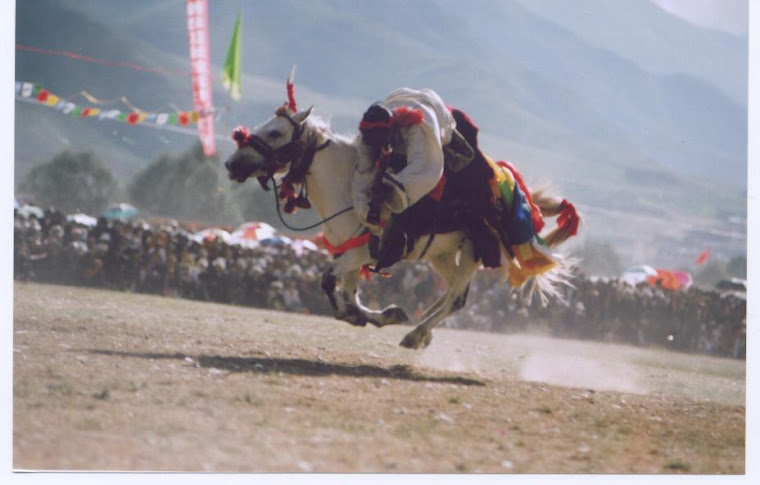
Tibet's Environment
With an average elevation of 14,000 feet, Tibet is literally the highest nation on earth. Five of Asia's great rivers including the Indus, Mekong and Brahmaputra have their headwaters in Tibet, nearly half the world's population lives downstream from Tibet. Tibet's high plains, forests and mountains form a unique ecosystem on the planet and are home to an array of rare wildlife, including the snow leopard, blue sheep and Tibetan wild ass. This ecosystem and many of its species are now endangered.
Tibet's Economy
The Tibetan economy consists of subsistence agriculture, or the growing of enough food to live off of. There is very little arable land available and the main crops grown are barley, wheat, buckwheat, rye, potatoes and assorted fruits and vegetables. Livestock are also raised, mainly in the Tibetan Plateau, among them are sheep, cattle, goals, camels, yaks and horses. The industry that brings in the most income is that of handicrafts & Medical products. These include Tibetan hats,Ornaments, jewelry (silver and gold), wooden items, clothing, thangkha paintings,quilts, fabrics carpets, Caterpillers and herbel plants. Another important revenue generator is tourism, with tourists most staying in Lhasa or going to Xigaze and other Historical Tibetan provinces- Amdo & Kham.




















No comments:
Post a Comment